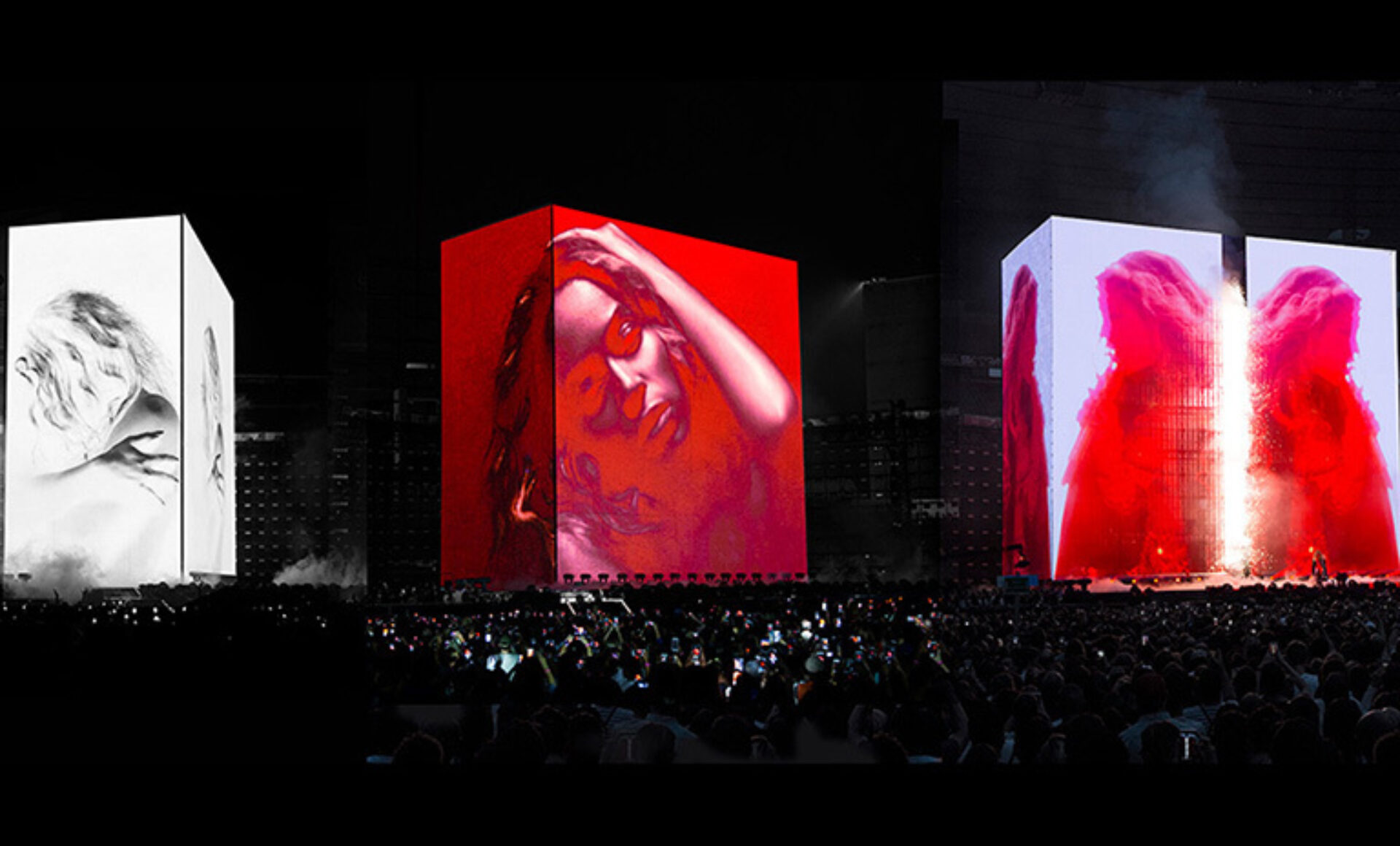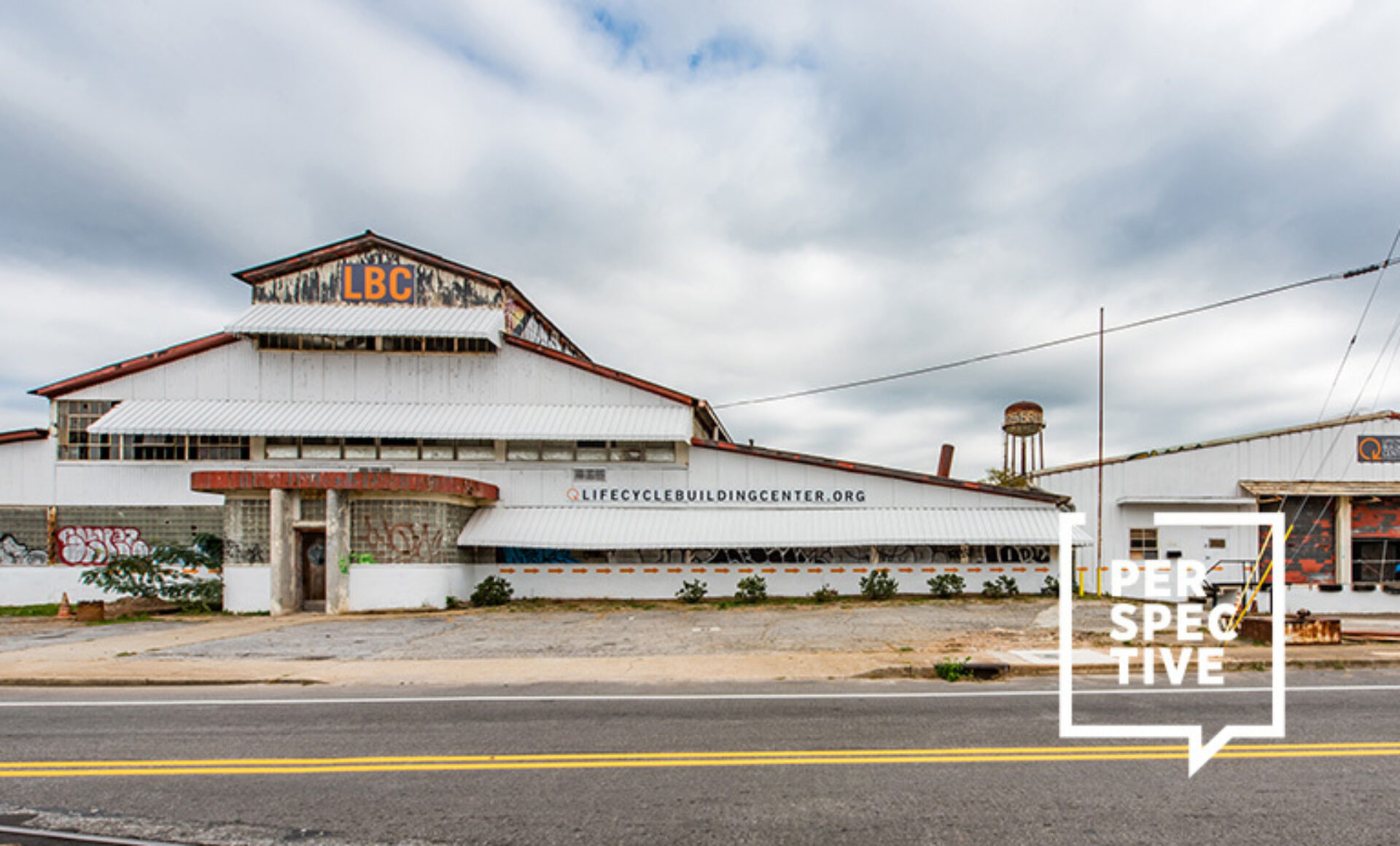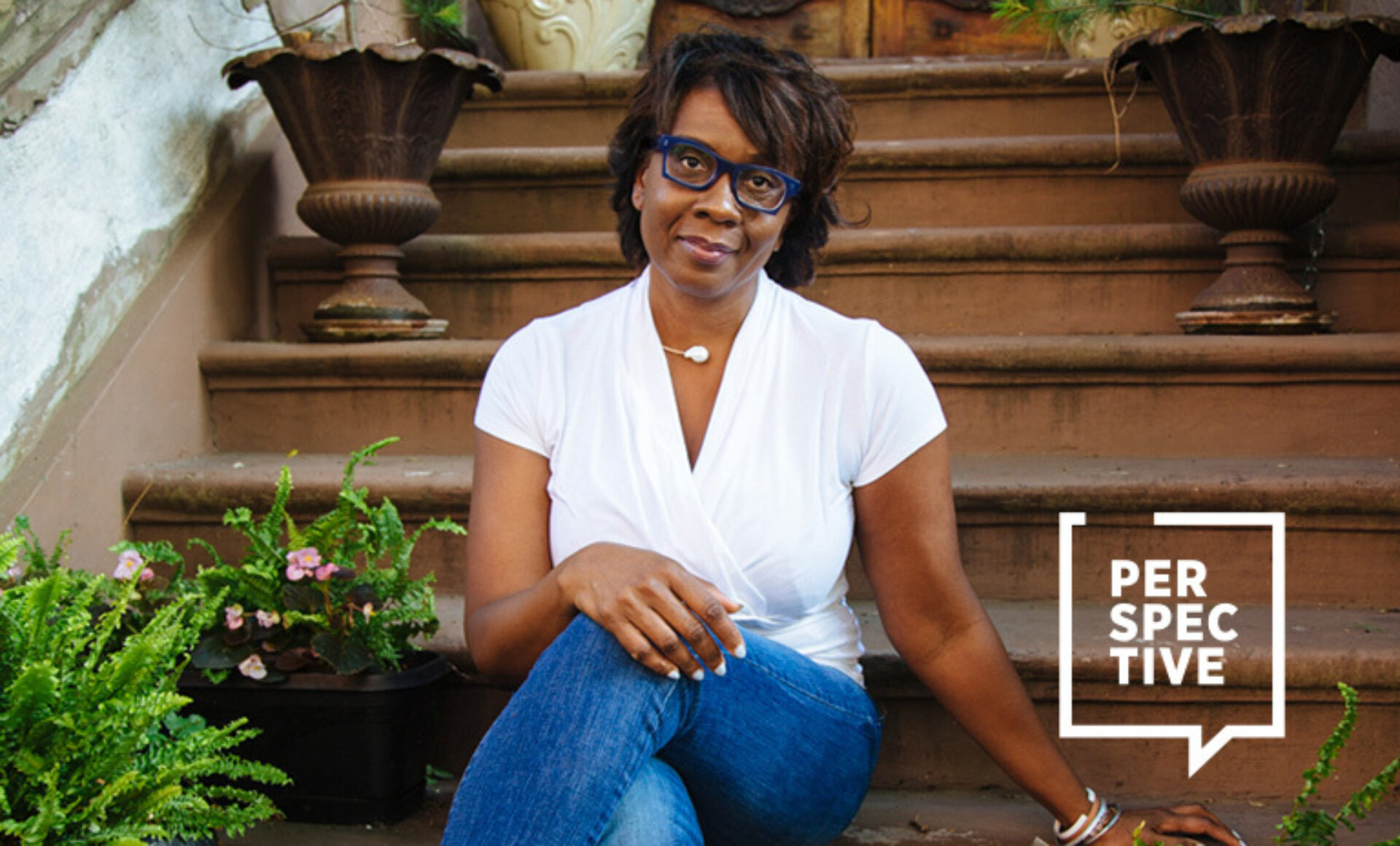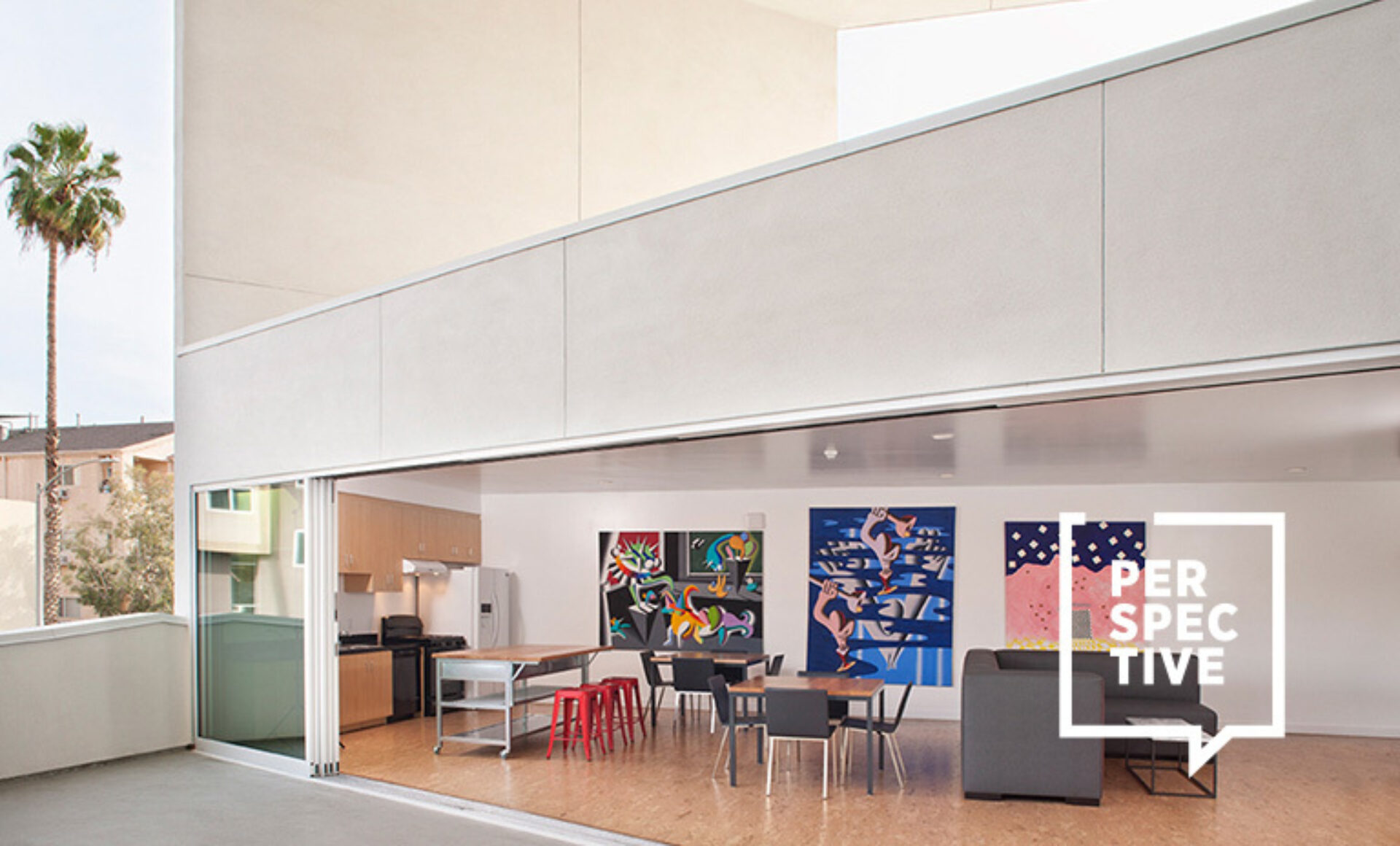The pandemic is taking a heavy toll—and not just on physical health. More than 40% of people said their mental wellbeing had deteriorated since the pandemic began, according to a global study by SAP, Qualtrics and Mind Share Partners in April. Beyond the COVID-19 crisis, people are also dealing with extreme economic unease and social upheaval—all while trying to get work done.
Even before all of this happened, employees were feeling the pressure: More than three-quarters said they experienced burnout on the job at least sometimes and 28% reported feeling burned out “very often” or “always,” according to a 2019 Gallup report.
In the U.S. alone, burnout costs an estimated $125 billion to $190 billion per year in healthcare spending, and 46% of leaders called burnout the primary cause for up to 20% to 50% of their annual workforce turnover, according to The Role of Design in Burnout, a 2019 Delos report.
How can leaders step in and support their talent? We talked to:
- Susan Mulholland, IIDA, NCIDQ, founder and owner, Mulholland Art & Design Commercial Interiors, Tucson, Arizona
- Ben van Berkel, founder and principal architect, UNStudio, Amsterdam

Courtesy of UNStudio
Mulholland: With the pandemic, we’re all in a cloud of uncertainty, but it’s the most stressful for interior designers just getting into the business. Older designers can take younger designers under their wing and have one-on-one conversations with them. Every experienced designer has a story about a project crisis or economic crisis and how they recovered. We need to pass on these stories like oral history to provide a sense of resilience and perseverance. And older designers can listen to what young designers are going through and convey the empathy they need.
van Berkel: In the Netherlands, people were optimistic during the first lockdown, but during the second lockdown, people felt angry, depressed, and isolated. In the creative fields, it’s difficult to communicate with other people through a screen. It’s hard to get to know them and understand what they’re thinking. Online, you can’t feel the atmosphere of a room.
I believe every designer needs to be in the office at least one day a week. Firms also can have virtual social events or online breakout spaces, and they have to make sure people have enough breaks. Firms need to create a creative community so designers can develop ideas together, which will reduce their stress.
A positive environment where designers can make stuff for others is what excites people in our industry. If you take that away, you take away a big part of the profession.
Mulholland: At my firm we have phone calls with one another, not Zoom calls, so we don’t feel we have to be onscreen and instead can have honest conversations. And we talk about things other than work—that’s key.
van Berkel: Physical exercise is also key to reducing mental stress. In recent buildings we’ve designed, we hide the elevators so that people take the staircases more.
It’s not just about mental health, it’s about our general health within the indoor environment. If you have better air, better light, better acoustics, better chairs, you make the environment healthier for your people. And your building becomes a recruiting machine.
Lead image: Banpo Dong, courtesy of Courtesy of UNStudio






